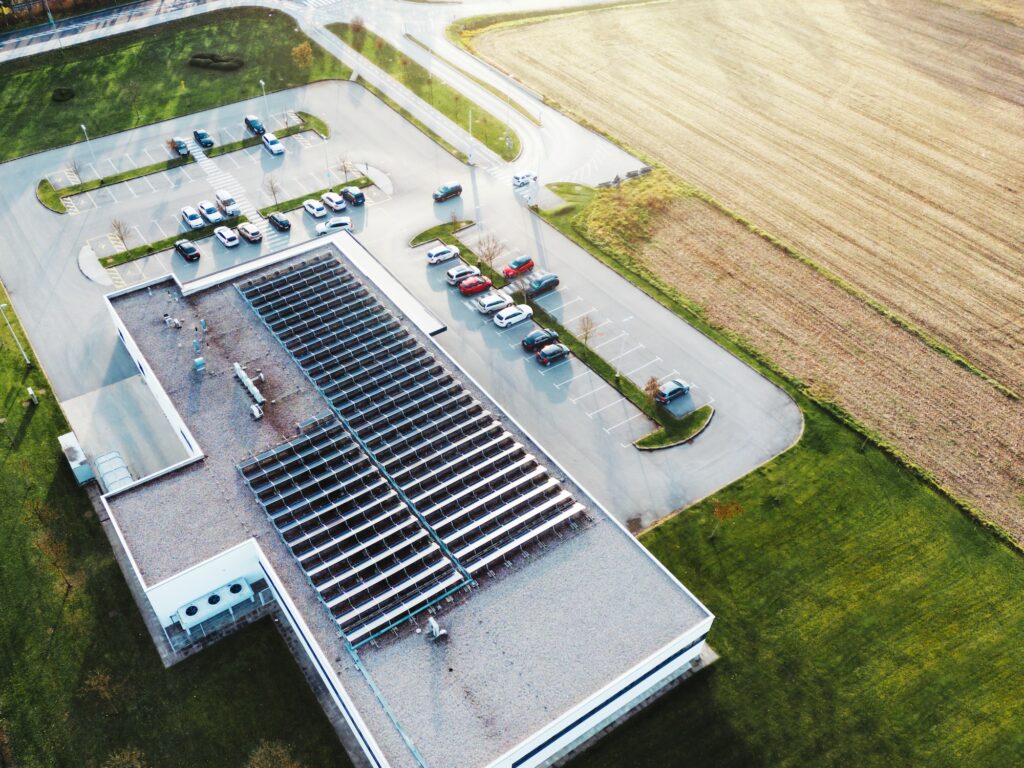A well-structured facility management flow chart is essential for maintaining efficiency and safety in commercial roofing operations. At United Contracting & Roofing LLC, we prioritize clear and consistent procedures to minimize errors and ensure optimal performance.
Use of Facility Management Flow Charts: Impact on Employees
A comprehensive facility management flow chart benefits employees by providing clear guidelines for each task. This clarity helps employees feel secure and capable in their roles, enhancing their performance and job satisfaction. Proper safety procedures and training protect workers, ensuring a safe workplace where they can perform at their best.
Impact on the Company
Effective facility management, guided by a detailed flow chart, ensures the smooth operation of critical building systems such as security, ventilation, fire control, and elevators. Proper management of these systems prevents malfunctions that could lead to costly repairs and negative publicity, ultimately safeguarding the company’s financial health and reputation.
Effect on Customers
Customers directly benefit from efficient facility management. Reliable and timely order fulfillment, high-quality products, and consistent service are critical for customer satisfaction. Poor facility management can lead to delays and errors, harming the customer experience and potentially driving them away. A well-implemented flow chart helps maintain high standards, ensuring customer loyalty and business success.
Facilities Management Scope
Facility management encompasses a broad range of activities, each with specific responsibilities:
Maintenance Management
The maintenance team ensures all equipment and assets are in good condition. Regular repair and replacement tasks are vital to prevent downtime and maintain operational efficiency.
Building Systems Management
This team oversees the operation and maintenance of various building systems, such as elevators, security, and fire control systems. Regular inspections and timely repairs are essential to keep these systems functioning properly.
Real Estate Management
The real estate management team collaborates with property managers to ensure the safety and upkeep of the building, including parking lots, walkways, staircases, doors, windows, and corridors.
Occupancy Management
Occupancy managers optimize space usage, balancing operational costs with employee comfort and productivity. Efficient space management also contributes to energy savings and overall operational efficiency.
Financial and Performance Management
This team handles budgeting, inventory, and financial assets. Efficient financial management ensures smooth operations, cost savings, and customer satisfaction.
Facility Management Flow Chart
A facility management flow chart provides a visual representation of processes, guiding managers and employees through each step. It poses yes or no questions at each stage, directing users to the appropriate next action. This ensures consistent decision-making and problem-solving across the organization.
Benefits of Using a Facility Management Flow Chart
- Consistency: Ensures all team members follow the same procedures, reducing the risk of errors.
- Efficiency: Streamlines tasks, making operations more efficient and reducing downtime.
- Safety: Enhances safety by standardizing procedures and providing clear guidelines.
- Training: Serves as a valuable training tool for new employees, helping them understand their roles and responsibilities quickly.
Conclusion
Implementing a facility management flow chart is crucial for maintaining consistency, efficiency, and safety in commercial roofing operations. At United Contracting & Roofing LLC, we use these tools to ensure high-quality service and customer satisfaction. Contact us for expert roofing services and discover the benefits of a well-managed facility.For more insights on Complete Guide to Solar Panels for Commercial Buildings, click here.








